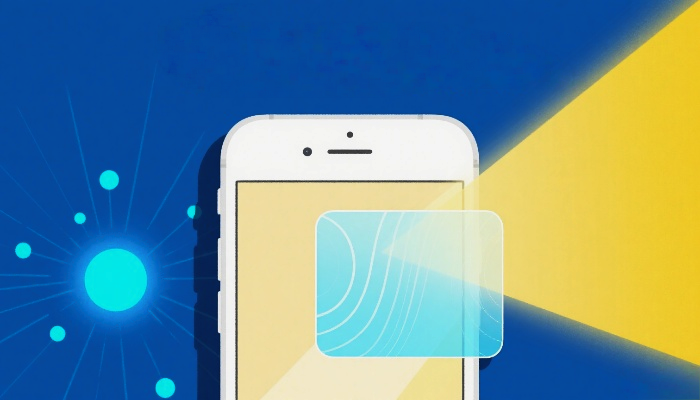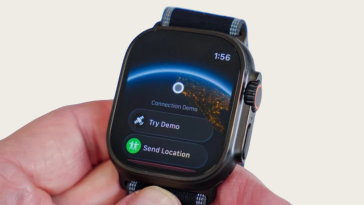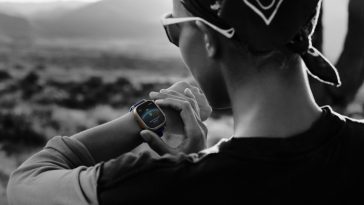What Is Blue Light and Why Should You Care?
Blue light is a type of high-energy visible (HEV) light with wavelengths between 400 and 490 nanometers, emitted not only by the sun but also by digital devices like smartphones, tablets, and LED lighting. Unlike ultraviolet (UV) rays, blue light passes almost entirely through the cornea and lens, reaching the retina directly12.
The Harmful Effects of Blue Light on Eyes
1. Eye Fatigue and Digital Eye Strain
- Prolonged exposure to blue light from screens can contribute to symptoms such as dry eyes, sore or irritated eyes, headaches, and difficulty focusing. Blue light scatters more easily than other visible light, making it harder for the eyes to focus, which can lead to visual fatigue and digital eye strain.
- People tend to blink less when using digital devices, further aggravating dryness and discomfort.
- Children are especially vulnerable, as their eyes absorb more blue light than adults12.
2. Sleep Disruption
- Blue light plays a crucial role in regulating our circadian rhythm by influencing melatonin production. Exposure to blue light—especially at night—suppresses melatonin, making it harder to fall asleep and potentially leading to sleep disorders134.
- Chronic sleep disruption due to blue light exposure has been linked to increased risks of metabolic issues, hormone-related cancers, and cognitive dysfunctions24.
How Do Blue Light Blocking Phone Screen Protectors Work?
Blue light blocking screen protectors are designed to filter out a portion of the blue light emitted from your device’s screen. They typically use special coatings or embedded materials that selectively absorb or reflect blue wavelengths, particularly in the 415–455 nm range, which is considered most harmful1.
Filtering Principle: The screen protector acts as a physical barrier, absorbing or reflecting blue light while allowing other wavelengths to pass through, thus reducing the intensity of blue light reaching your eyes.
Do Blue Light Blocking Screen Protectors Really Work?
Professional Testing Data
Scientific studies using spectrometers have measured the effectiveness of blue light blocking screen protectors:
- At a typical viewing distance (33 cm) and maximum screen brightness, a quality blue light screen protector can reduce blue light intensity by 32% to 44% depending on the device model.
- When combined with a device’s built-in “night shift” mode, the reduction can reach up to 49% or more5.
- Some commercial screen protectors claim to filter out up to 61% of blue light, though real-world results may vary depending on the brand and test conditions.
Blue Light Spectrum Comparison: Before and After
| Condition | Blue Light Intensity Reduction (at 450 nm) |
|---|---|
| No Filter | 0% |
| With Blue Light Screen Protector | 32%–44% |
| With Night Shift Mode | 47%–82%5 |
| Both Protector & Night Shift | Up to 88% |
Key takeaway: Both blue light screen protectors and software-based filters (like night shift mode) can significantly reduce blue light emission, but neither completely eliminates it. Combining both offers the best protection5.
Choosing a Reliable Blue Light Screen Protector
- Opt for reputable brands with clear specifications and third-party test data.
- Avoid low-quality or counterfeit products, as these may not effectively filter blue light and could distort screen colors or clarity.
- Look for certifications or lab results that detail the percentage of blue light blocked, especially in the 415–455 nm range.
Final Tips for Eye Health
- Use blue light filters or screen protectors, especially if you spend long hours on digital devices.
- Take regular breaks using the 20-20-20 rule: every 20 minutes, look at something 20 feet away for 20 seconds.
- Reduce screen brightness and use “night mode” features in the evening.
- Consult an eye care professional if you experience persistent discomfort.
In summary: Blue light can contribute to eye fatigue and disrupt sleep, but blue light blocking screen protectors—especially from reputable brands—can effectively reduce your exposure. For best results, use them in combination with device settings and healthy screen habits.
- https://pmc.ncbi.nlm.nih.gov/articles/PMC6288536/
- https://www.healthline.com/health/what-is-blue-light
- https://www.webmd.com/sleep-disorders/sleep-blue-light
- https://www.health.harvard.edu/staying-healthy/blue-light-has-a-dark-side
- https://applications.emro.who.int/imemrf/330/Middle-East-Afr-J-Ophthalmol-2020-27-3-177-181-eng.pdf





 No products in the cart.
No products in the cart.